With the intensification of international competition and the development of market globalization, product replacement is accelerating. Many varieties and small batches have become important production methods for the mold industry. This production method requires shortening the mold manufacturing cycle and reducing the cost of mold manufacturing. As an important digital manufacturing technology, 3D printing technology can directly form arbitrarily complex solid structures from three-dimensional digital models, eliminating the need for tools, tooling, coolant, and other auxiliary devices used in traditional material removal manufacturing methods. There are significant cost and efficiency advantages in parts or small batch production. Therefore, 3D printing technology is widely used in the mold industry to promote the technological advancement of digital manufacturing of complex structural molds. Digital Manufacturing Method and Features of Complex Structure Mold Based on AM Technology Currently, 3D printing technologies capable of manufacturing complex structure molds mainly include: photo-curing rapid prototyping, selective laser sintering, fused deposition manufacturing, three-dimensional printing forming, layered solid manufacturing, and metal Directly formed. There are two methods for rapid tool manufacturing using AM technology: direct molding and indirect molding. The direct molding method refers to the use of 3D printing technology to directly make the mold itself from the CAD model of the mold, and then perform the necessary post-processing to obtain the necessary mechanical properties, geometric dimensional accuracy and surface quality of the mold. At present, AM technologies that can directly manufacture molds include metal direct forming, 3DP, SLS, and LOM. The indirect modelling method refers to the combination of AM technology and traditional mold turning technology to make the mold. Application of additive manufacturing technology in mold manufacturing 1. Rapid manufacturing of SL and mold In the direct mold manufacturing, Corcione et al. use silicon oxide/photosensitive resin mixed slurry as a forming material, and uses SL technology to directly cure the slurry to produce a mold-based green body, which is dried and sintered to obtain a ceramic mold. , And casting aluminum parts; Bae, etc. the use of SL technology curing silicone / acrylate monomers mixed slurry, to achieve gas turbine blade core / shell integrated ceramic mold mold rapid manufacturing. These molding methods have a simple process, but the manufactured molds have too much shrinkage and the accuracy is not high. At the same time, the density of the resulting pastes is not uniform. Currently, SL technology is widely used in the indirect manufacturing process of molds. 3D Systems of the United States introduced the Quick Casting process to produce ceramic casting molds for investment casting. The main processes are: using the SL process to produce resin prototypes → coating the ceramic slurry outside the prototype → degreasing and roasting in a high-temperature furnace Ceramic mold. 3D Systems also introduced the Keltool process for manufacturing metal molds. The process is: manufacturing SL prototypes → turning silicone molds → filling mold tools with steel powder and adhesives → degreasing and infiltration of copper → molds. Grolman et al. took the SL prototype as the master mold and used epoxy resin as the mold material to overturn the blow mold for forming the beverage bottle. Beal et al. first manufactured the SL mold shell and filled it with epoxy resin mixed with aluminum particles to realize the rapid manufacture of metal powder injection molds. Researchers at Xi'an Jiaotong University first used SL technology to manufacture a wax shell for the investment casting of a complex aerospace component, which includes the upper and lower molds, the live block 1 and the live block 2, as shown in Figure 2(a). Then, the metal resin slurry is poured into the mold shell, and after curing, a pressure wax mold including the upper and lower molds, the live block 1 and the live block 2 is prepared as shown in FIG. 2(b); FIG. 2(c) is a pressed wax type. And investment casting formed metal parts. Compared with the SL direct molding method, the SL indirect molding method has an advantage in practical use, but due to the increase of the mold reversal process, the process complexity and the mold precision control are difficult. 2, 3DP and mold rapid manufacturing Vacuum auxiliary resin transfer molding die 3, FDM and mold rapid manufacturing FDM technology is mainly used in the indirect manufacturing process of the mold. Idris and Blake used the FDM method to make ABS resin prototypes, and made sand molds for investment casting by turning molds. After Lee et al. used the FDM method to produce the prototype of the ABS resin, the resin prototype was converted into a ceramic mold through two kinds of turn-molding processes, namely: 4, LOM and mold rapid manufacturing LOM technology in the direct mold manufacturing and indirect manufacturing applications. Tari et al. use the LOM method to make resin transfer molding dies. The process is: The SLS molding method has a simple process and can realize the rapid manufacture of a mold with a complex internal flow channel structure. However, in order to increase the density and mechanical properties of the mold, post-processing such as infiltration is required to increase the time for molding. In addition, SLS technology can also be used to make prototypes and then used to make molds. For example, Liu Hongjun et al. [28] used SLS sintered polystyrene powders to make plastic prototypes. After that, the prototypes were sizing and degreased and calcined to obtain ceramic molds. For precision casting of aluminum alloy parts. However, the accuracy of prototypes manufactured using SLS technology is low, and it is difficult to meet the requirements for high-precision mold manufacturing. 6, direct metal forming and mold rapid manufacturing (1) Compared with the direct molding method, the indirect molding method has a complicated process, a long molding cycle, and a short mold life. Direct molding methods, especially the direct production of metal molds with good overall performance, are the preferred development direction of additive manufacturing technology in the mold industry. jetmaster fireplace price list ,jetmaster open fireplace ,jetmaster electric fireplace ,fireplace baby proof NINGBO YINZHOU M-OX AUTOPARTS CO.,LTD , https://www.mountxin.com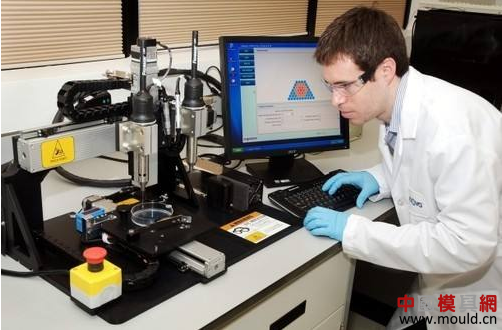
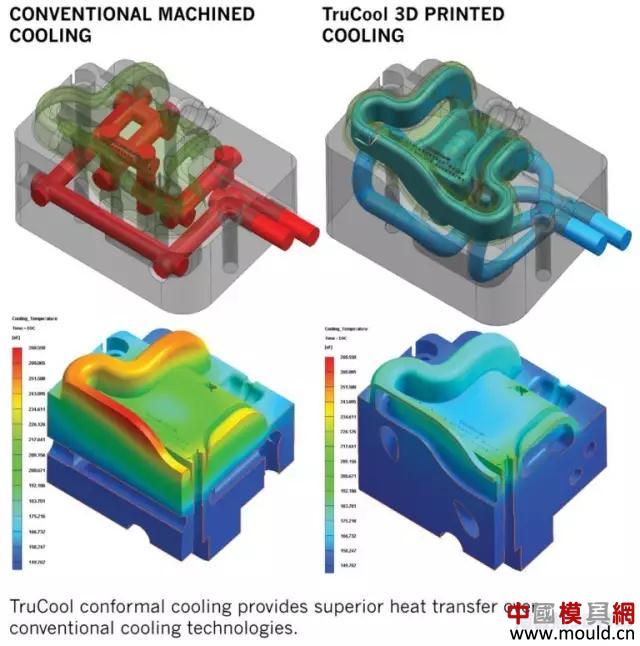
At present, the 3D printing technologies used for indirect model making are mainly SL, FDM, LOM, and SLS. The rapid die manufacturing method based on AM technology is shown in Figure 1. The main features of the digital manufacturing method for molds based on 3D printing technology: rapid manufacturing of molds with complex structures; molds for metal, ceramics, resins, silicones, and many other types of materials; and direct manufacturing of molds based on CAD data Without the involvement of fixtures, tooling and personnel, the manufacturing process is highly automated. 
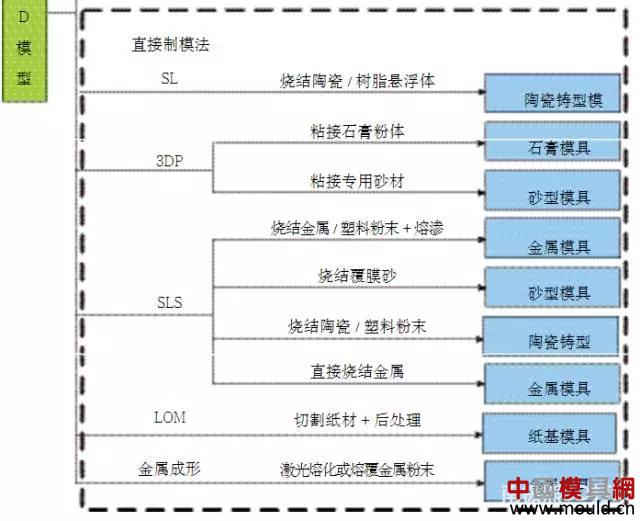
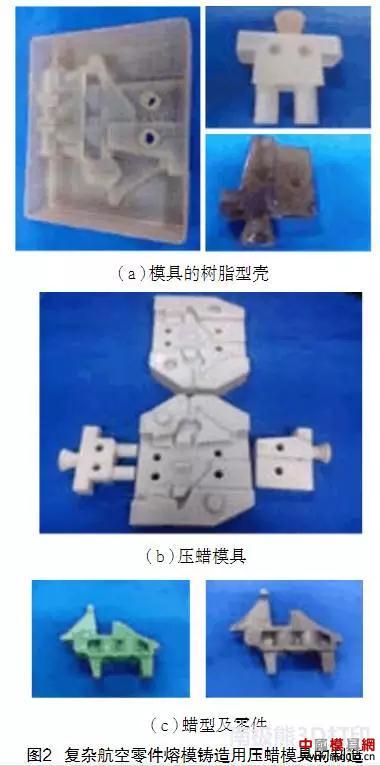
At present, the industry mainly uses 3DP technology to directly manufacture molds. Dippenaar et al. used gypsum powder as a forming material, used the 3DP technology to manufacture a vacuum-assisted resin transfer molding die (see FIG. 3), and used the die to prepare a blade. Junk et al. used gypsum as a material and used the 3DP method to make molds for thermoplastic molding to press the top cover of automobile models. Budzik [16] used Zcorp's Z510 3D printer and Zcast 501 special powder material to directly manufacture sand moulds for casting rotor blades. These moulding methods have short cycle times and simple processes, but the precision and surface roughness of the manufactured moulds are comparable. Poor, low density, poor mechanical properties. 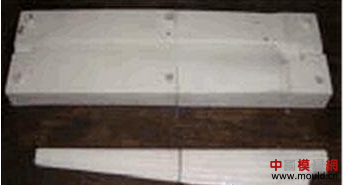
1Purling the outer surface of the resin prototype, degreasing and roasting to make the ceramic mold;
2 First, the resin prototype is used to overturn the silicone rubber mold, then the wax pattern is produced, and finally the ceramic mold is inverted from the wax pattern.
The process of indirect mold making by FDM is complicated, and the precision of the manufactured prototype is lower than that of the SL prototype, resulting in an increased difficulty in compensating for mold accuracy.
1The paper with thermoplastic adhesive as the bottom layer is used as forming material. The CO2 laser source is used to cut the single-layer cross-section of the paper to make the single-layer cross-section of the mold. The cross-sections of the layers are bonded by hot-pressing the paper to make the resin transfer. Forming molds;
2 After the surface of the mold is coated and polished, the finished mold is obtained. Using this mold, an I-beam made of vinyl ester was manufactured.
Wang et al. selected the LOM 2030 forming equipment from Helisys, USA, and used paper as forming material to manufacture ballistic sand molds through LOM and post-treatment processes. Mueller et al. studied the application of LOM technology in sand casting, investment casting and ceramic forming, and gave relevant application examples, such as using LOM prototype to overturn sand mold; using LOM prototype to overturn ceramic worm injection molding mold. The inside is a metal sleeve for the exterior of the silicone; the pressure wax mold in the investment casting is directly manufactured. However, using the LOM technology to manufacture molds has problems such as low material utilization and accuracy, and complicated post-processing processes.
5, SLS and mold rapid manufacturing In the direct mold manufacturing, the United States DTM company introduced Rapidtool mold technology, the main process is: the use of CO2 laser sintering outer coating of metal powder adhesive to manufacture semi-finished products of the mold → sintering degreasing → Copper treatment → mold finished product. EOS, Germany, introduced the Direct Tool molding technology, also known as Direct Metal Laser Sintering (DMLS), which manufactures metal molds by sintering a mixture of metal powders of different melting points. These two technologies have been widely used in the manufacture of metal molds. For example, Kenny et al. selected DTM's Sinterstation 2000 forming equipment and RapidSteel1 and RapidSteel2 forming materials. The Rapidtool process was used to make polymer material forming molds. Milovanovic et al. used DMLS to sinter H20 tool steels. A tread mold of a car tire was manufactured; Kumar et al. used the SLS process to sinter the WC-Co powder to directly make an injection mold, and infiltrated the bronze to increase the density and mechanical properties of the mold. Liu Jinhui et al. used SLS sintered epoxy resin and metal powder composite materials to manufacture injection mold inserts with conformal cooling channels (see Figure 4), and infiltrated bronze to increase the density and mechanical properties of the inserts. Harlan et al. sprayed a polymer adhesive on the surface of zirconia powder particles, and then used SLS technology to sinter the powder to prepare a zirconia ceramic mold and perform the casting of titanium alloy parts. 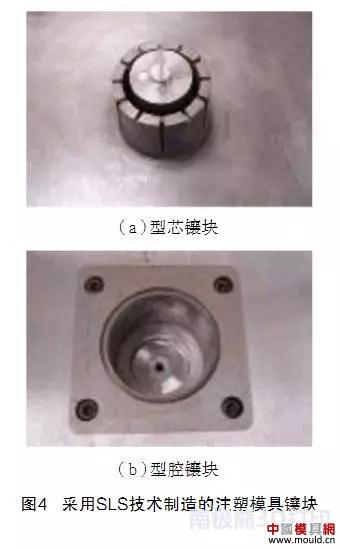
Direct metal forming technology allows the direct and rapid manufacture of molds. Armillotta et al. [29] achieved the injection mold cavity insert manufacturing by combining selective laser melting (SLM) and numerical control technology (see Figure 5), in which the insert body was melted by SLM technology and H11 hot working steel powder was melted. Manufacturing, insert lower body made by CNC machining. Jeng et al. used Fe, Ni and Cr mixed powder materials, and used Metal Laser Cladding (SLC) and grinding combined methods to manufacture metal powder injection molding molds, in which the laser cladding method was used for mold forming and grinding. The method is used to precisely control the height of each cladding layer and the smoothness of the top surface. The direct metal forming method can realize the rapid manufacture of molds with higher density and mechanical properties, but the process is difficult, so it is still in the technical research stage. Development Trend of Additive Manufacturing Technology in the Field of Die Digital Manufacturing: 
(2) Additive manufacturing technology forms a solid structure based on the layered/superimposed principle, in which the precision of the mold surface due to the step effect during the direct molding process is low, and the step effect of the prototype surface during the indirect molding process is transmitted to the mold, resulting in a mold The control of surface accuracy is more difficult. In addition, various deformations and shrinkages during mold formation and post-processing can also result in reduced mold accuracy. The control of die precision based on additive manufacturing technology will become an important research direction.
(3) At present, additive manufacturing technology is mainly used for rapid manufacturing of small molds, and there are still technical bottlenecks in the manufacture of large molds. In the future, it is necessary to conduct in-depth exploration of large-scale mold manufacturing. Conclusion Compared to traditional manufacturing methods of molds, additive manufacturing technology can realize the rapid manufacture of arbitrarily complex structures, and has the advantages of low manufacturing cost and short cycle time in the manufacturing process of single-piece or small-batch production molds. Therefore, it is widely used in molds. manufacturing. In the future, it is necessary to focus on key technologies in mold manufacturing methods, mold accuracy, and large-scale mold additive manufacturing to further increase the level of digital mold manufacturing based on additive manufacturing technology.